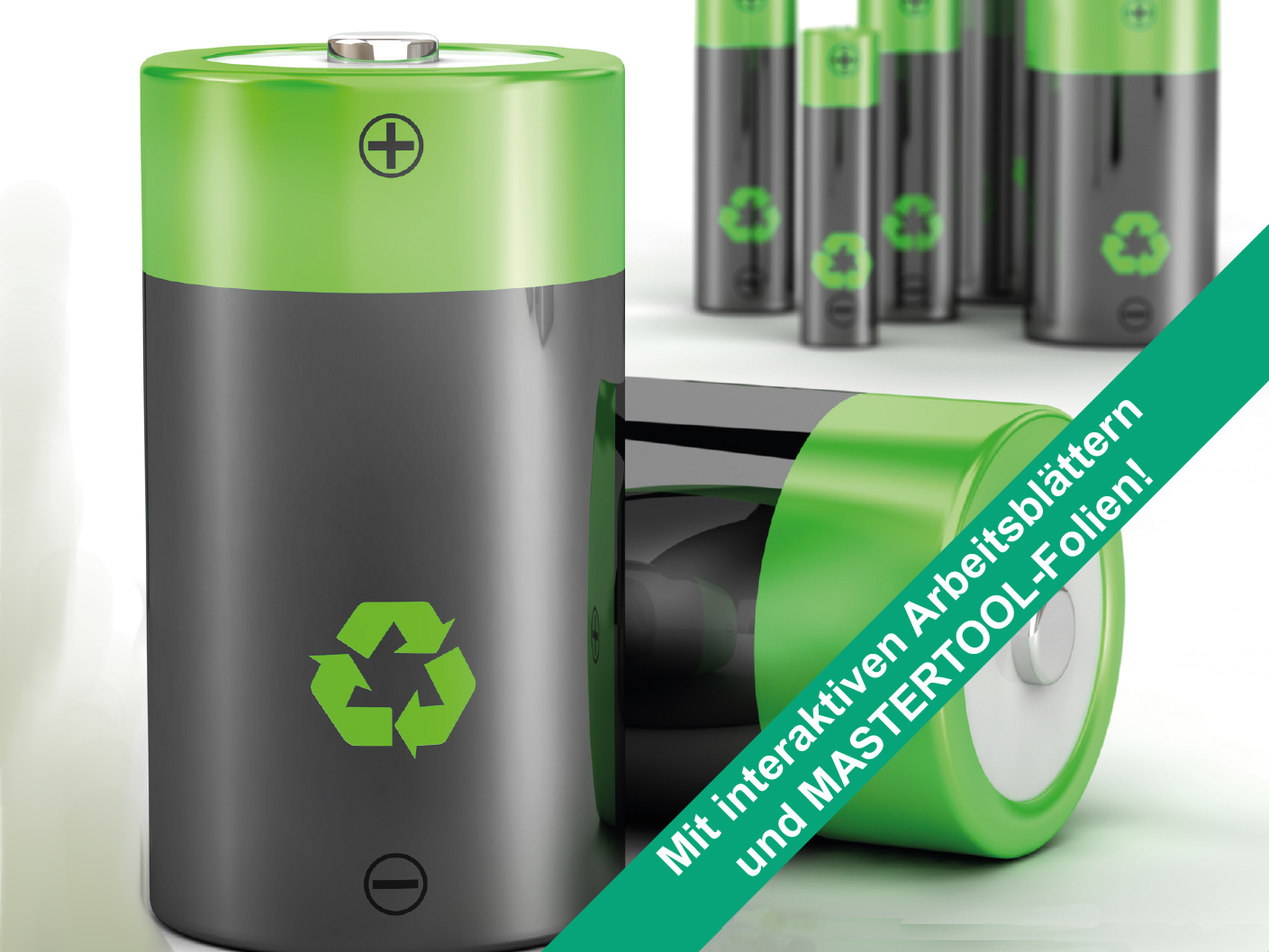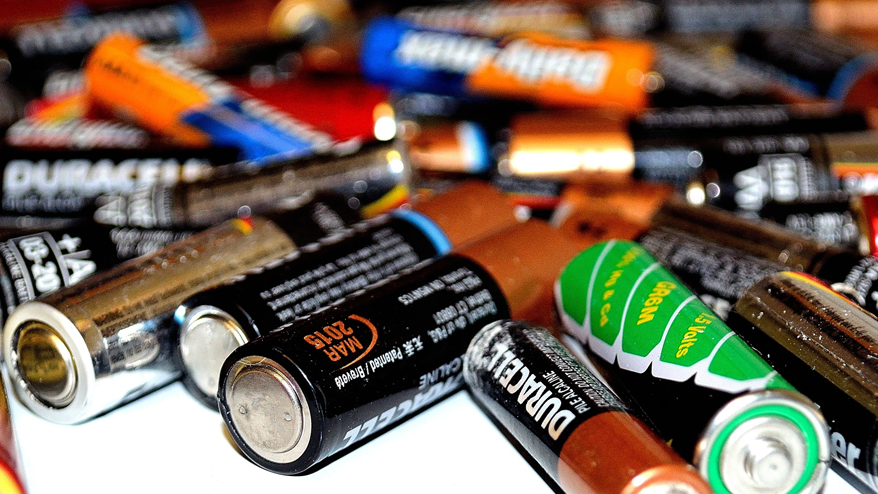 Ecological
Ecological

4671727 / 5561525
Batteries
From Production to Recycling
A battery is a portable source of chemical energy, which is converted to electrical energy as soon as the battery is placed in a circuit. The main principle is the same in almost all batteries. A metal that forms the negative terminal is opposite a positive terminal. The positive terminal is also called anode, the negative terminal cathode. Between the two terminals there is an electrically conductive liquid, the so-called electrolyte. As soon as a battery is placed in a circuit, positive and negative terminals are connected via an external contact and electrolysis takes place. On the way, a current flows from anode to cathode
Play trailer
Curriculum-centred and oriented towards educational standards
Matching
Blogging
The weblog or blog, for short, as a medium is not much older than this century. Blogs came into being in the World Wide Web as ’messages from below’, as web pages from web creators who wanted to share their view of the world with the world. They are short notes, long texts, pictures, videos, which are posted loosely and at random intervals to the world for an undefined public.
Internet Addiction
The film consists of two parts. The first part is the 15-minute short film “In the Net”. It describes the problem of excessive Internet use in a humorous way, in particular the risk of losing touch with reality when chatting. The second part illustrates with three real persons how Internet addiction can develop and the problems encountered by those who are afflicted. The authentic statements are commented by an experienced therapist. For many pupils, the issues addressed here are related to their everyday lives. What is a “sensible” use of the Internet, where does pathological addiction start? In contrast to addiction to alcohol, nicotine or drugs, the public seems to be largely ignorant of the problem of this addiction, which is not related to any substance abuse. The film provides material for discussion in the classroom (crossdisciplinary) and can be used as a basis for the formulation of prevention strategies.









